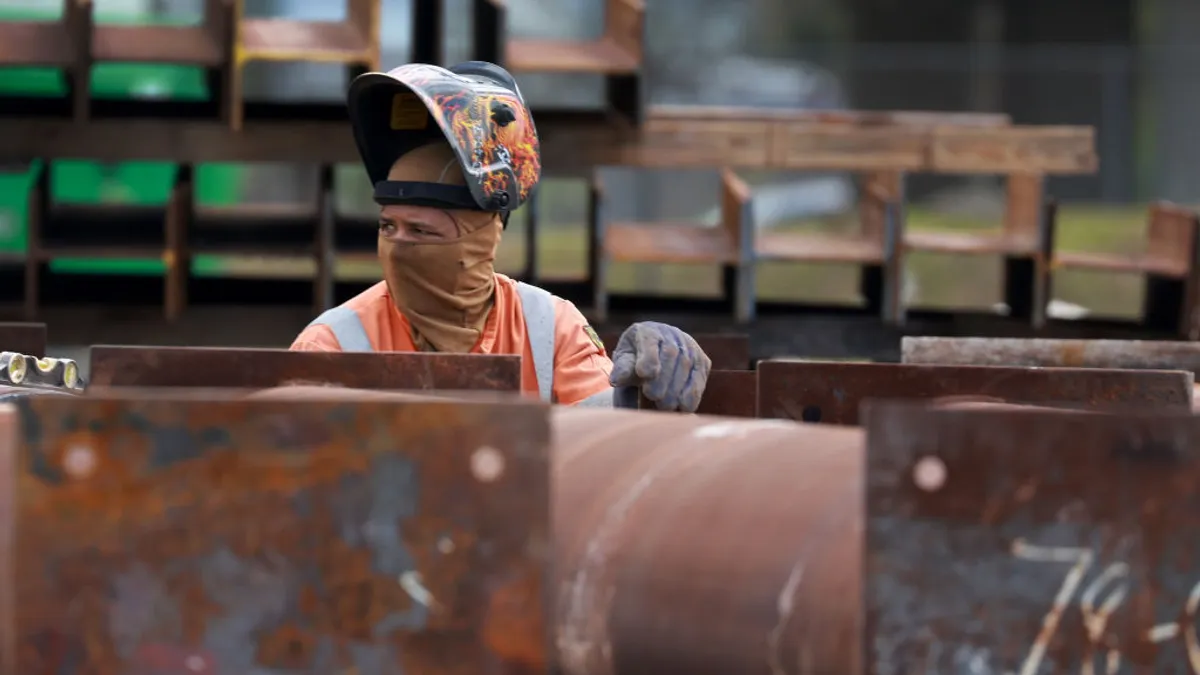Dive Brief:
-
Just one in 10 households in the U.S., U.K. and Australia have smart-home products and systems, according to a survey by Gartner of roughly 10,000 households in the latter half of 2016.
-
The survey considered Internet-enabled, interconnected devices and systems that were responsive to preset conditions, remotely accessible by mobile apps or via an internet browser, and able to send messages to users.
-
Home security alarm systems had nearly twice the adoption rate (at 18%) of newer smart-home features such as home-monitoring and health and wellness management at 11% each and energy management at 9%. In the U.S., these systems had 5% to 6% higher adoption rates than in the other countries surveyed.
Dive Insight:
Smart-home technology is gaining ground within the industry as more builders turn to incorporating the features, typically in a project's early stages. Still, homeowners aren't as quick to adopt it broadly as part of their home's systems.
As the survey noted, 75% of respondents said they were okay with adjusting certain controls, such as temperature and lighting, themselves compared to the one-quarter of respondents who would prefer automation. Meanwhile, nearly 60% answered that they preferred standalone devices.
The global smart building market is expected to skyrocket from $5.73 billion in 2016 to $27.43 billion by 2021, according to figures from MarketsandMarkets — and millennial renters are leading the charge. A December 2016 study by Wakefield Research and Schlage found that 86% of millennial renters would pay more for a unit equipped with automated or remote-controlled devices. Millennials, in turn, are also willing to pay roughly one-fifth of the cost more for housing outfitted with smart technology than are other generations.
Meanwhile, some new homes are being built with smart features already in place. In November 2016, Los Angeles-based builder KB Home rolled out a series of smart-home features controllable through Apple's HomeKit platform to buyers in two Silicon Valley communities. One month later, Brookfield Residential's Washington, DC, division announced it would be launching a line of smart homes with voice-enabled features available through Amazon's Alexa voice assistant platform.
Cities, in turn, are making moves to integrate technology and improve connectivity with and among residents through smart building features. Louisville, KY, announced in January that it would be working with developers to link residents' smart home devices with the city's information systems. The connection is expected to allow features such as updates from the Mayor's Office through voice assistant platforms and a series of Philips Hue lamps that would change color to reflect local air quality.
For more housing news, sign up for our daily residential construction newsletter.













